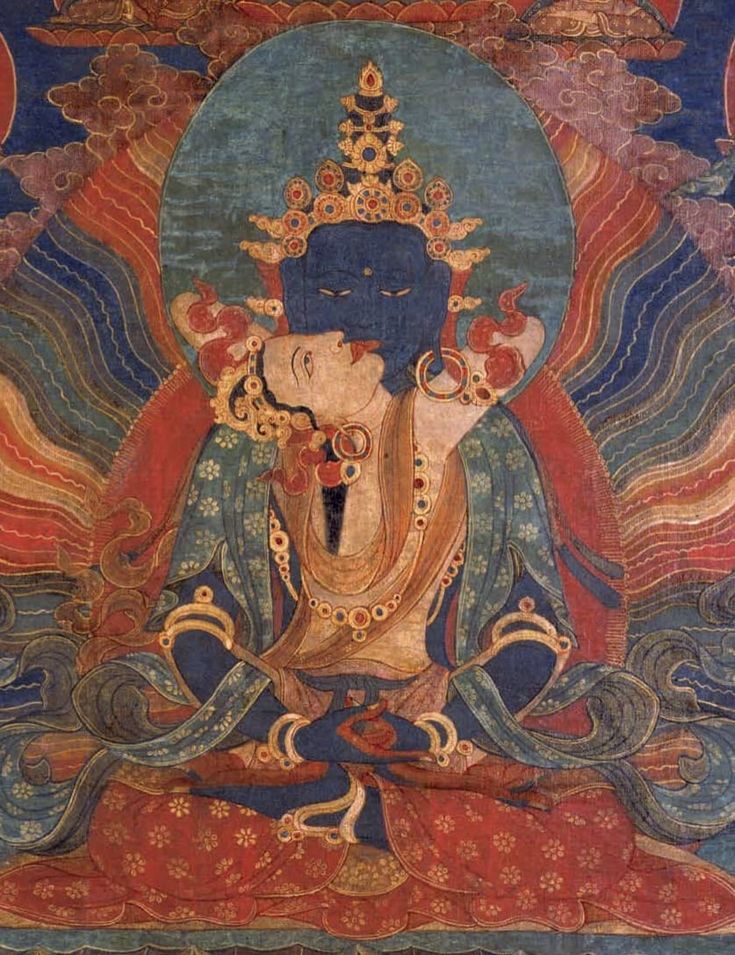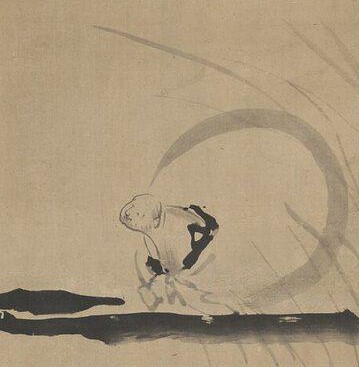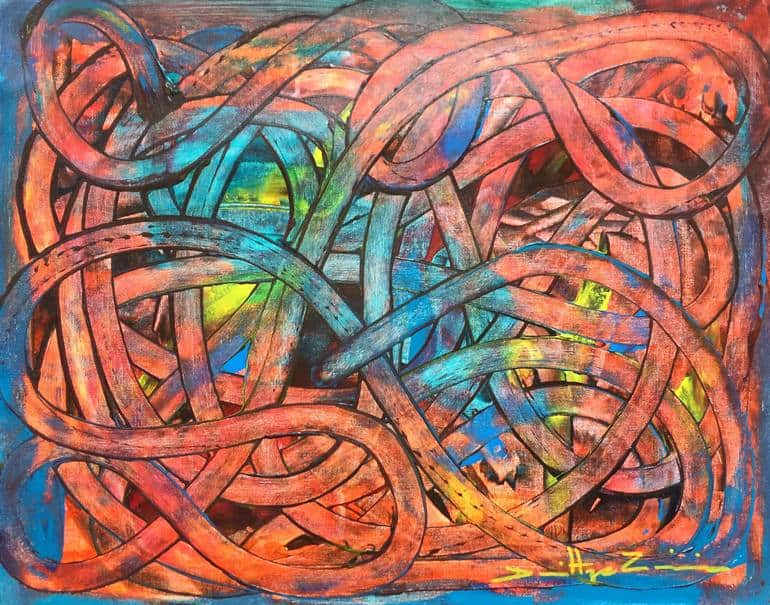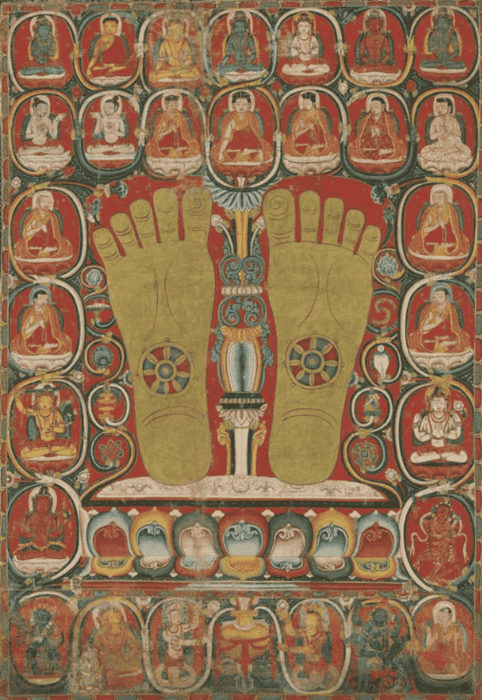I’ve recently discovered a blog called if you see the dhamma … written by Joseiem, which I’ve really enjoyed reading, and commenting on. I thought I’d just lift a set of replies I posted to Joseiem’s comments. I’ve used the title of this post to highlight what I’m trying to point at, not to characterise Joseiem’s replies:
Chodpa: Hi again Josesiem 🙂 Some observations …
Josesiem : Even within Buddhism, as I’ve written before, there are massive conflicts and differences.
Chodpa : It is true at the level of conceptual formulations of the teachings, and methodology that there are massive differences within various Dharma traditions, but is there a difference in terms of fundamentals, realisations. or the result of following these varying paths? I see none personally. I can only suggest trying to be clear about what is view, what is method, and what is result, and then seeing if there is conflict.

Josesiem : all paths lead to the same peak and all fingers point to the same moon.
Chodpa: how could we know this, unless we’ve travelled each and every one of those paths? To assert or deny otherwise would be a matter of belief – starting with an a priori idea, and then fitting experience into that.
Josesiem : the problem with the anti-representationalist, anti-realist, and nondualist schools of thought is that they are just another school of thought.
Chodpa : if by this you mean the actual practice of Dharma, then I’d say ‘no, this isn’t the case’. They aren’t *just* another school of thought. What they provide are view and method. View is the attempt to conceptualise what is found as a result of following their methods to the end. As such, it’s not a belief set, but an attempt to provide a rough pointer to experience. The rest is method, the vital tools with which to walk the path. Those methods and view provided are only skillful means … don’t mistake them for conceptual elaborations, or philosophical positions!!!!
Josesiem : we can pretend that “ontology is not important” but there is an implied ontology in these theories.
Chodpa : so????? There is a lot that might be elaborated from both view and method, but what of it? The Buddha was very clear that he taught the means to go beyond suffering and struggle. It’s fine to go elsewhere, indeed, anywhere we want from the central point of the Dharma, but perhaps it is of use to bear in mind what that central point is, and not lose sight of it.
Josesiem : “Emptiness is itself empty.” Which leaves what? Nothing. No, not even nothing. Nothing is still a something. It’s a perceived lack of something. This is where you find yourself beyond language in some kind of space vacuum. And I’d argue this not-nothing, not-something, non-thingy thingy is still a something. Perhaps I’m just dense, but you have to posit a something. You can’t escape ontology no matter how hard you try.
Chodpa : Is this what the teachings on Shunyata are ‘about’? My experience says that when I meditate according to the teachings, then I find that the view of Shunyata is about as close as you can get conceptually to describing the nature of experience. That experience most certainly isn’t accurately described as ‘nothing’. No-thing might be closer 😉 You can posit all you like, but that has little to do with meditating and following the path, doesn’t it? It might be ‘interesting’ and it might satisfy curiosity, but does it actually liberate? Emptiness (as it’s sometimes translated) is a description *after* the event, as it were. It’s an attempt to provide a means to describe something that is to be experienced, here and now! It’s not a belief from which one then thinks, or analyses, or elaborates. It is in itself a description of unelaborated mind or experience!!! Again, you can elaborate from there back into dualistic thought, a ’something’ or a ‘nothing’ … but hey …
Josesiem : So, the unavoidable and inevitable question for everyone is: where will you place your faith?”
Chodpa : I’m right behind this one. In distinction to ‘belief’ .. if you will … where we start with an idea, and then proceed to map all our experience to fit that …. Buddha taught the means of using faith to open out into experience, and thereby to see experience for what it is, and so on. With faith, we gain the openness to what is, without immediately attempting to manipulate it. Without that, one cannot see it for how it is, and thereby the doors to transformation are closed.
One starts with confidence in the teachings as a result of whatever experience you’ve had, and that then develops through the three levels of faith that the Buddha describes until the final flowering of faith is wisdom itself.
From the deepest perspective, what the Buddhist has faith in is the three jewels – we can see directly in our experience how mind is open, expansive and ungraspable. This is the Buddha. We can see how mind is clear and lucid nevertheless (even though this clarity cannot be found) – this is Dharma. And we can experience mind as entirely unobstructed – this is Sangha. The three jewels are directly available to experience, to open-heartedness (faith) and as such are not a matter of belief. All else is subject to change and decay, whether belief, or what appears to the mind. Only these three ‘aspects of mind’ – the three jewels provide ’something’ that we can truly have faith in, as they are true refuges – they are always present, and always reliable.
once again, many thanks for your stimulating thoughts 🙂
(more ramblings which hope to be of some use somewhere)
Chodpa




